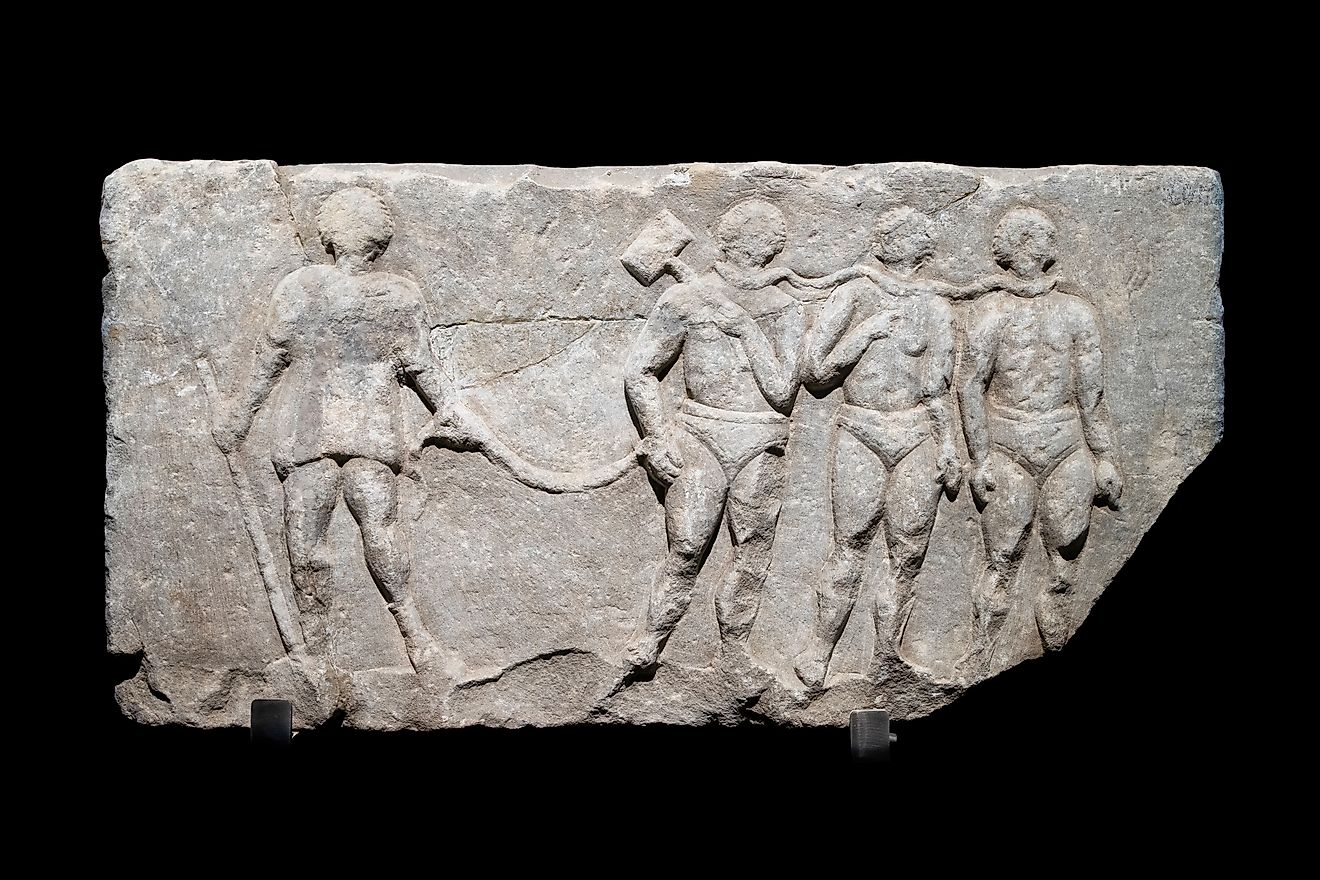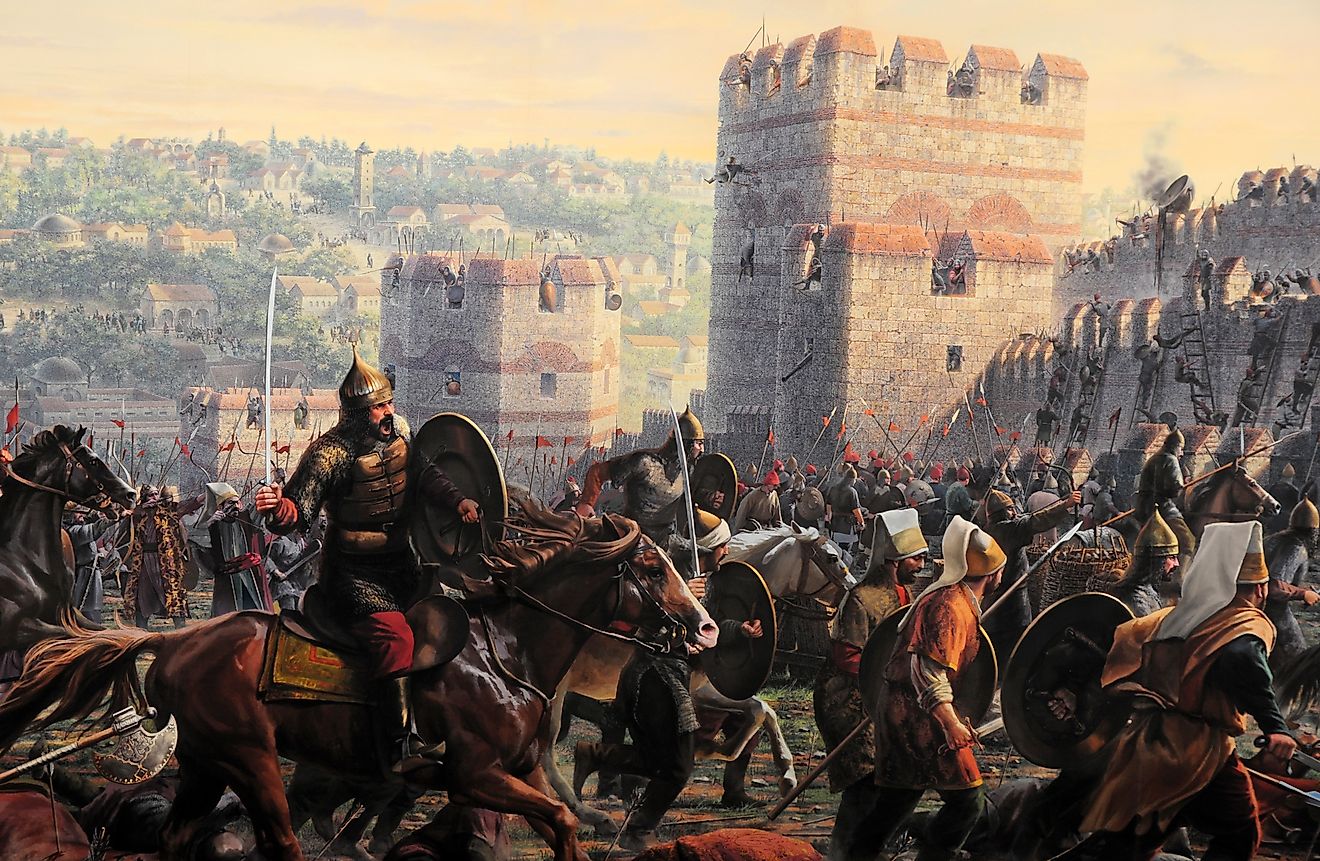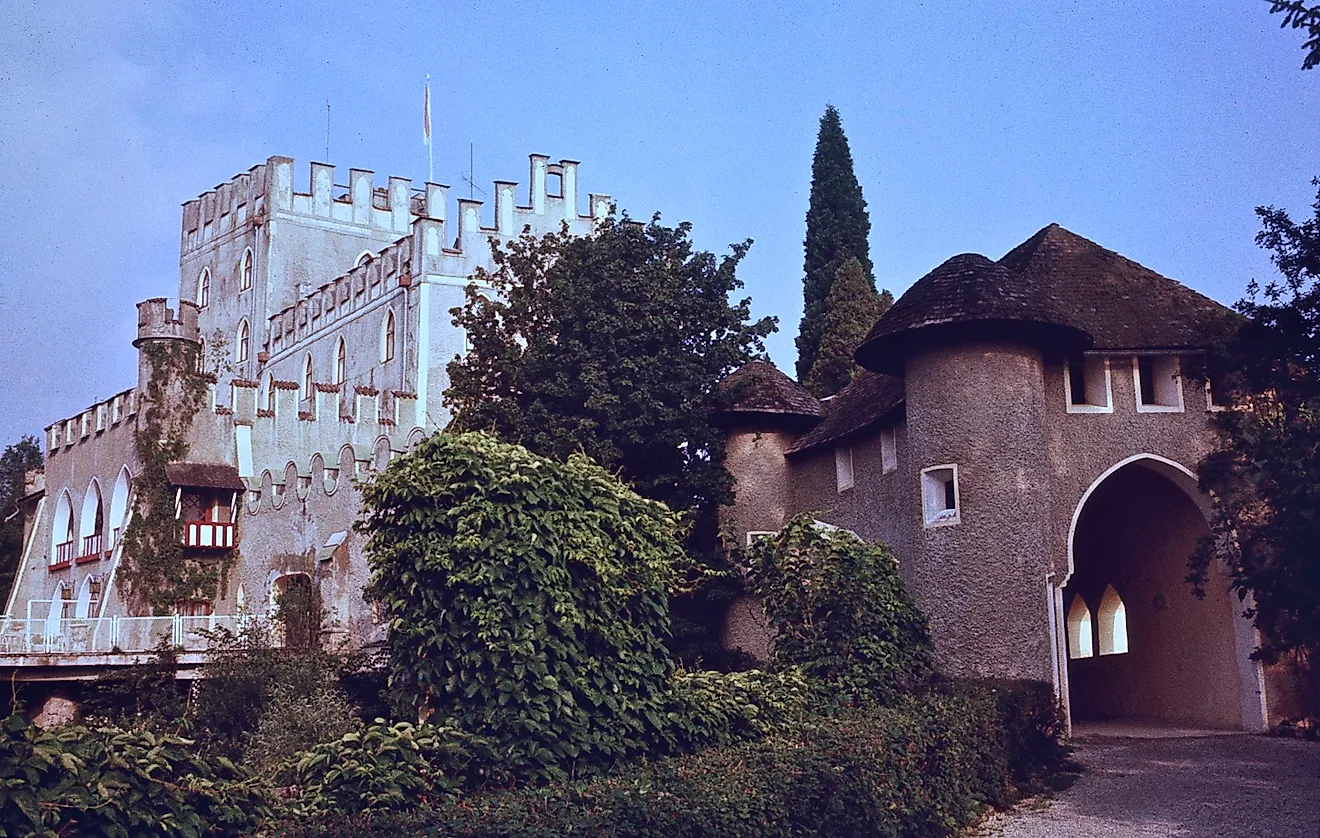Ancient Cities That Were Lost in Time
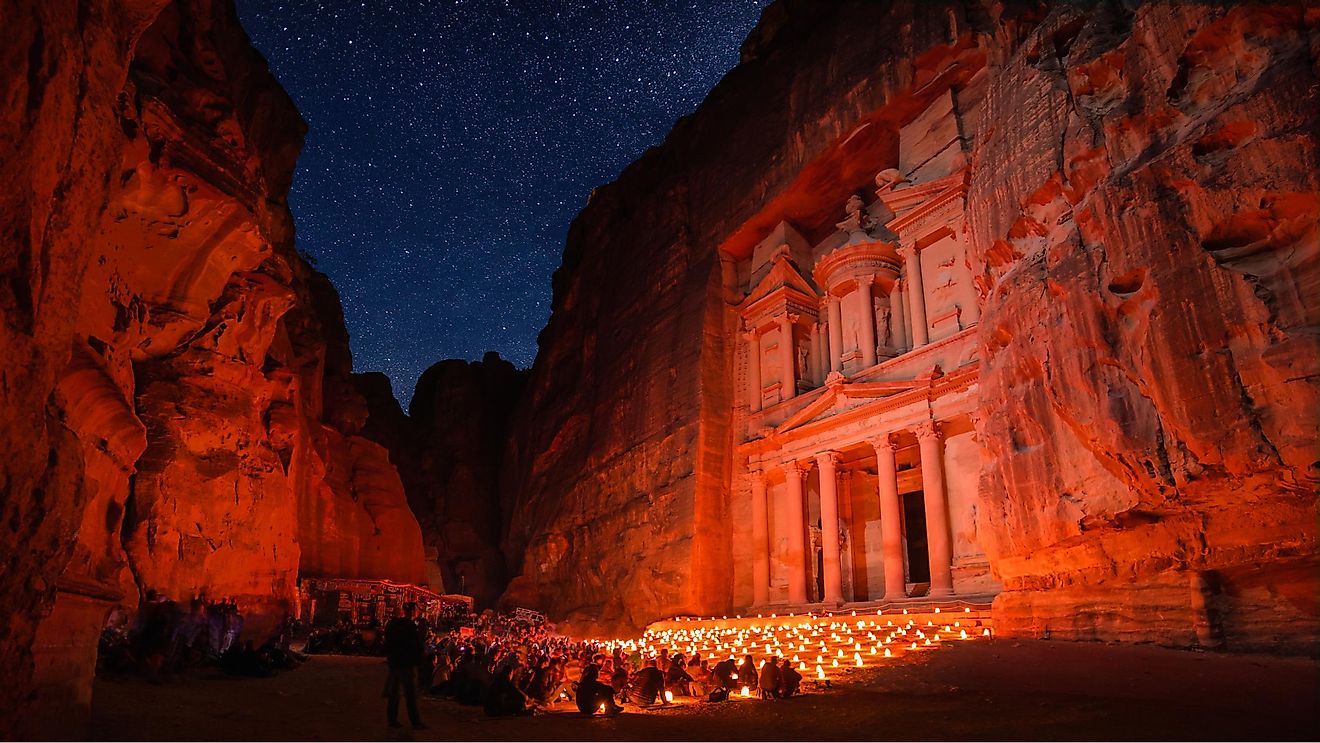
- Throughout history, great cities have risen and fallen.
- The reasons why civilizations disappear forever can be based upon climate changes, wars, and natural disasters.
- Petra was an important intersection for spice and silk trade routes, where traders from Rome, Greece, Egypt, India, and China met.
- Some of the world’s first civilizations were in ancient Mesopotamia, which was in Western Asia.
Throughout history, great cities have risen and fallen, and for some, there is not much evidence to show that they even existed. Others, however, have left more clues. The reasons why civilizations disappear forever can be based upon climate changes, wars, and natural disasters. There are seemingly lost in time – until artifacts are are discovered that bring them back to life. Learning about these ancient civilizations and the people who inhabited them can be quite fascinating. Here are five of them.
Petra
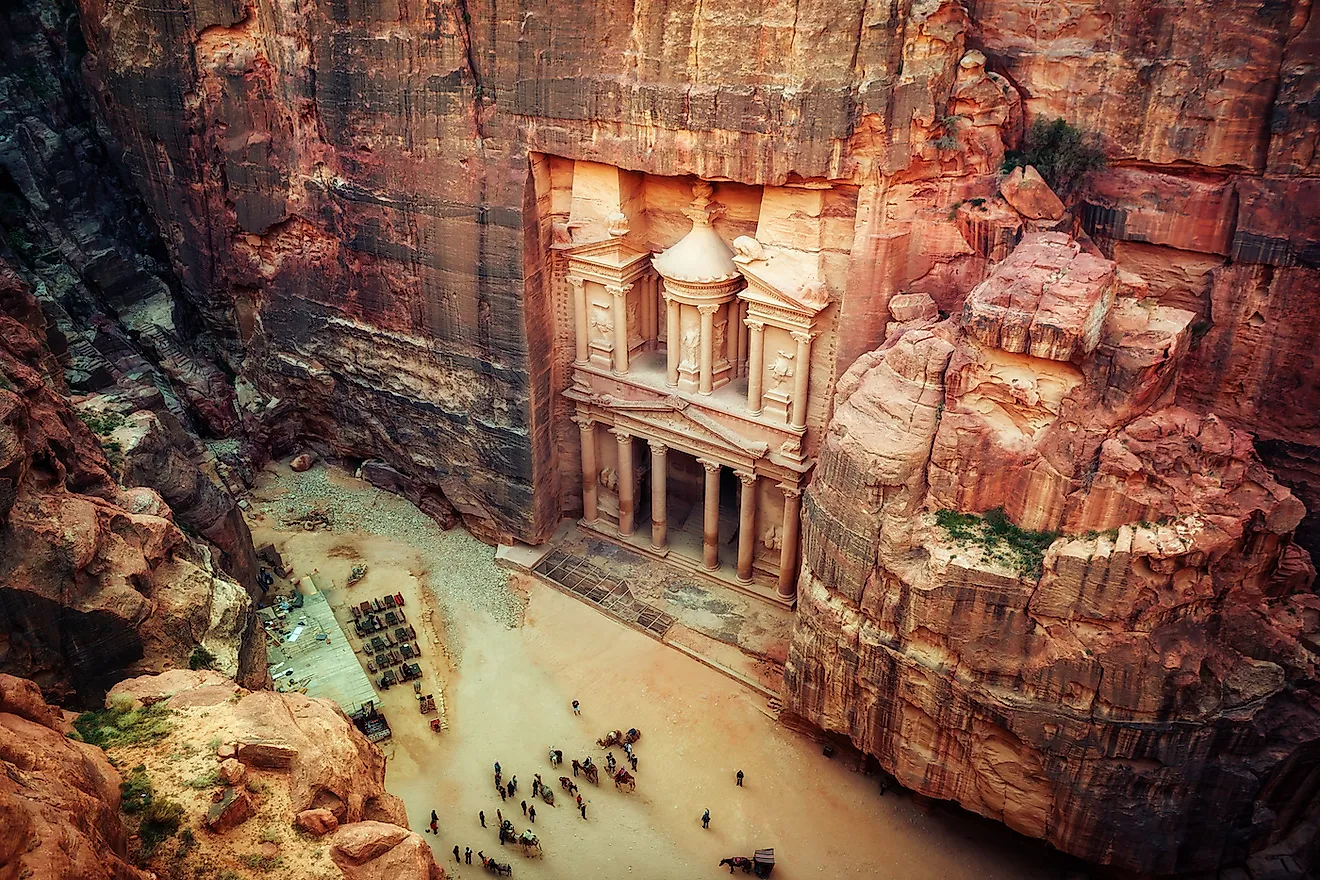
This ancient city in southern Jordan was the capital of the Nabataean kingdom, which flourished from 4th century BC to 106 AD. Petra was an important intersection for spice and silk trade routes, where traders from Rome, Greece, Egypt, India, and China met. The large city was built into the side of the Wadi Musa Canyon in the southern part of Jordan, carved into sandstone mountains and cliffs. It also had an intricately-designed water management system that was built with ceramic pipeline channels. One stretched out five miles, and is an incredible example of hydraulic engineering.
Petra was annexed by Rome in 106 CE, and the trade routes soon shifted, changing Petra’s fortunes forever. Hundreds of years later, earthquakes damaged the water system and Petra was abandoned. It was newly discovered in 1912 by Johann Ludwig Burckhardt.
Machu Picchu
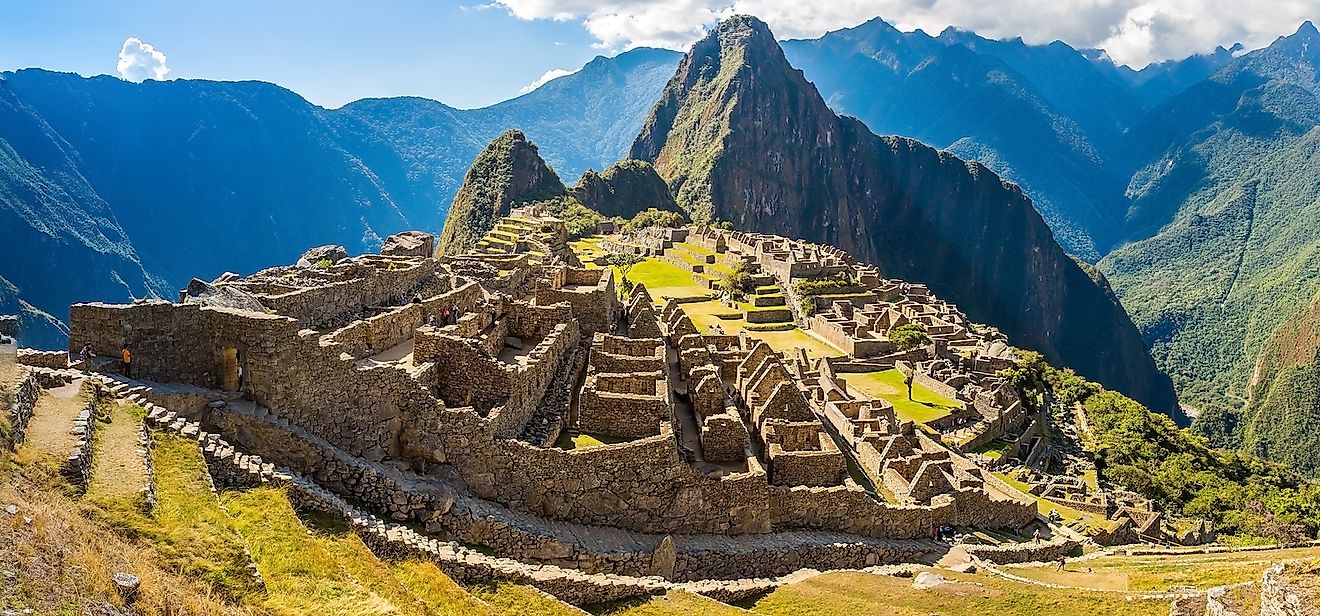
Rediscovered in 1911, Machu Picchu was hidden for many centuries above Peru’s Urubamba Valley. Also called “Lost City of the Incas,” Machu Picchu cannot be seen from below, as it is on top of a mountain and surrounded by agricultural terraces. Its stone blocks were placed together without mortar. In its heyday, the city was one of the Inca empire’s most important cultural, political, and religious centers. It is divided into two sections, and has an ancient Sun Temple. Machu Picchu has been designated as a World Heritage Site.
Pompeii
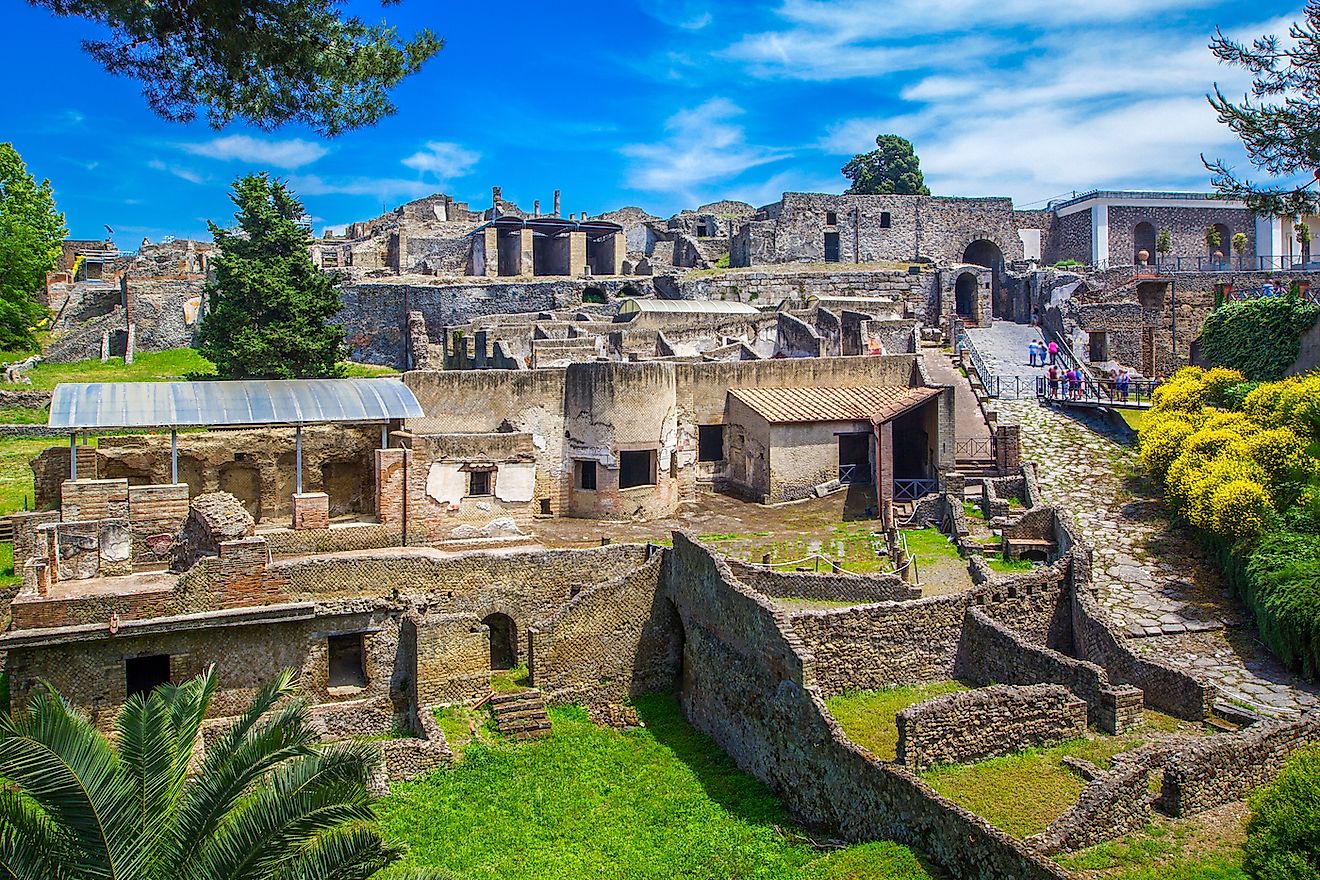
Endless tales have been told about the tragedy of Pompeii, which occurred on August 24, in the year 79 AD. That was the day that the volcano Vesuvius erupted, and the unfortunate citizens were in no way prepared. The entire town was swiftly covered in ash and soil, and it is estimated that from 2,000 to 16,000 people perished. Remarkably, the eruption preserved the city in its state when the lava poured out of the volcano onto its structures and people. Everything was frozen in time. Any survivors fled, and Pompeii was soon forgotten. The site was excavated in the 18th century, and the evidence found provided a great detail of insight into daily living in this ancient Italian city.
Teotihuacán
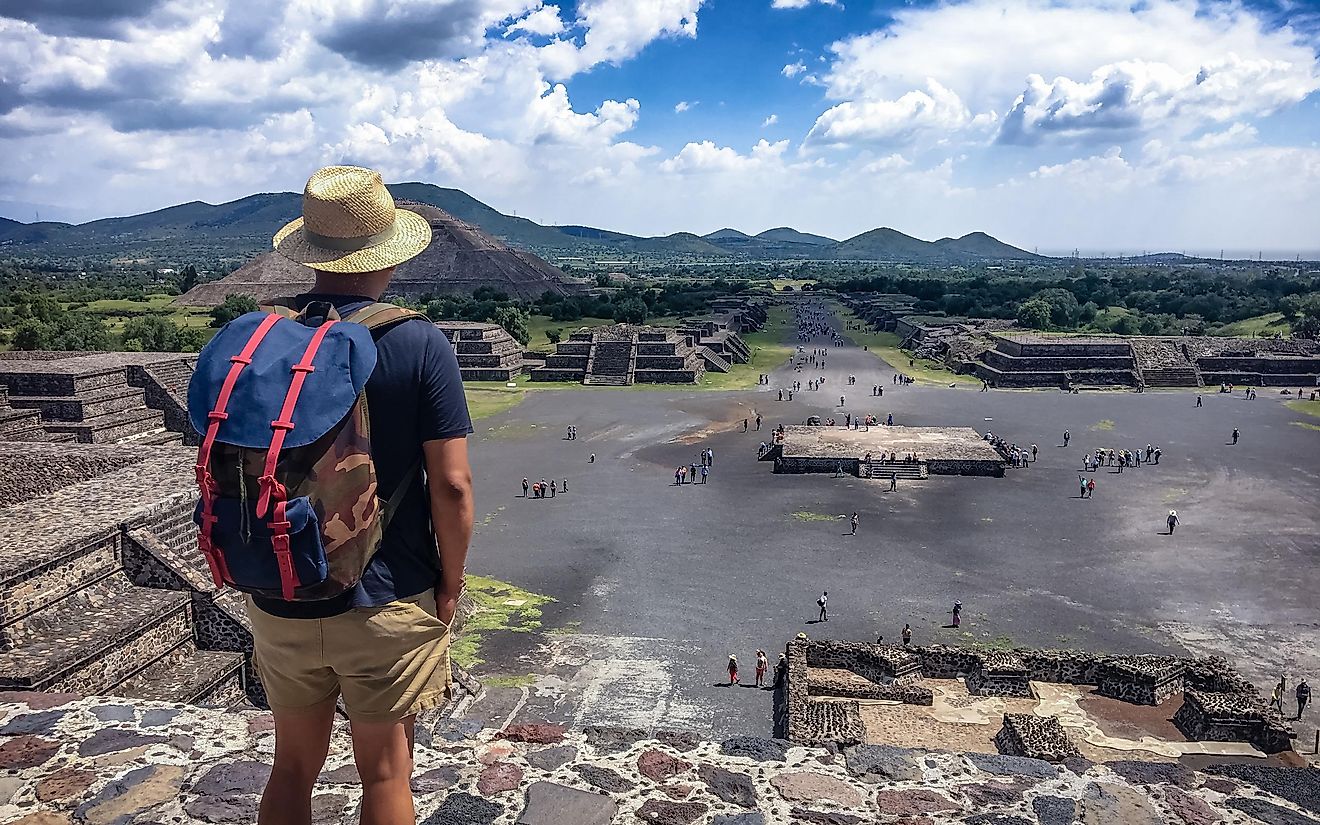
Ancient Egypt is known for its breathtaking pyramids, but the 2nd centry BC city of Teotihuacán is certainly no slouch. It is located about 30 miles outside of Mexico City, and is thought to have been settled around 400 BC. By 400 AD, it was the most influential, powerful city in its region. It was built with a grid layout, covering eight miles. Teotihuacán’s real treasure is its massive step pyramids, and there are ancient temples, palaces, plazas, and apartment compounds here as well. Much of the city’s history is still a mystery, but some believe that its decline came from changing climate conditions like long-term droughts.
Ctesiphon
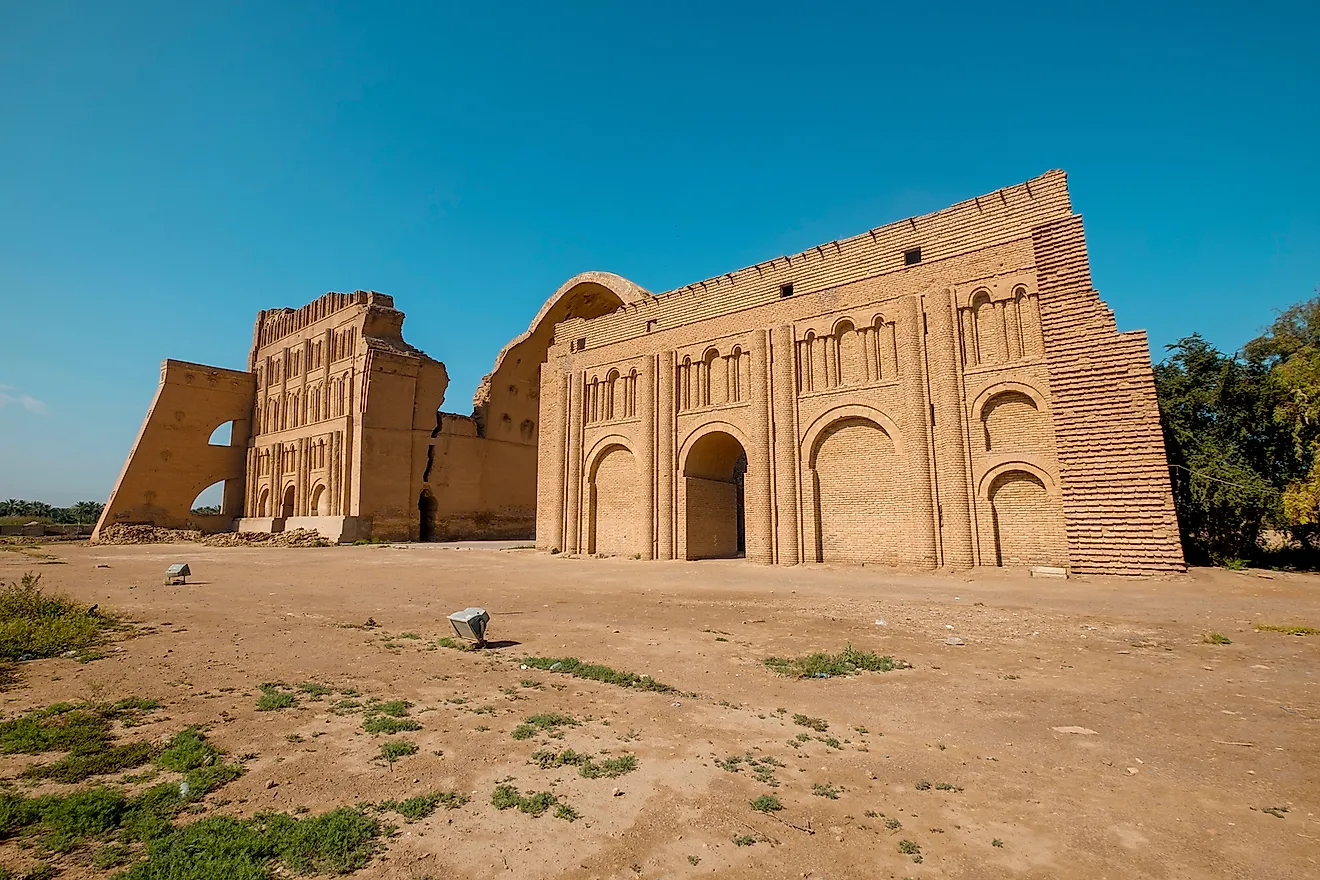
Some of the world’s earliest civilizations were located in ancient Mesopotamia in Western Asia. Today, this region forms parts of Syria, Kuwait, Iraq, and Turkey. In the 6th century, one of its greatest cities was Ctesiphon, which was located about 20 miles outside of Baghdad. It was conquered by Rome, and then by the Byzantine Empire. In 637 AD, it was captured by the Muslims during the Islamic conquest of Persia. There is little left of Ctesiphon, aside from the Ṭāq Kisrā. This large, vaulted hall is regarded as a king’s former palace; many believe that the ancient city was the inspiration for the city of Isbanir mentioned in the Thousand and One Nights folk tales.
